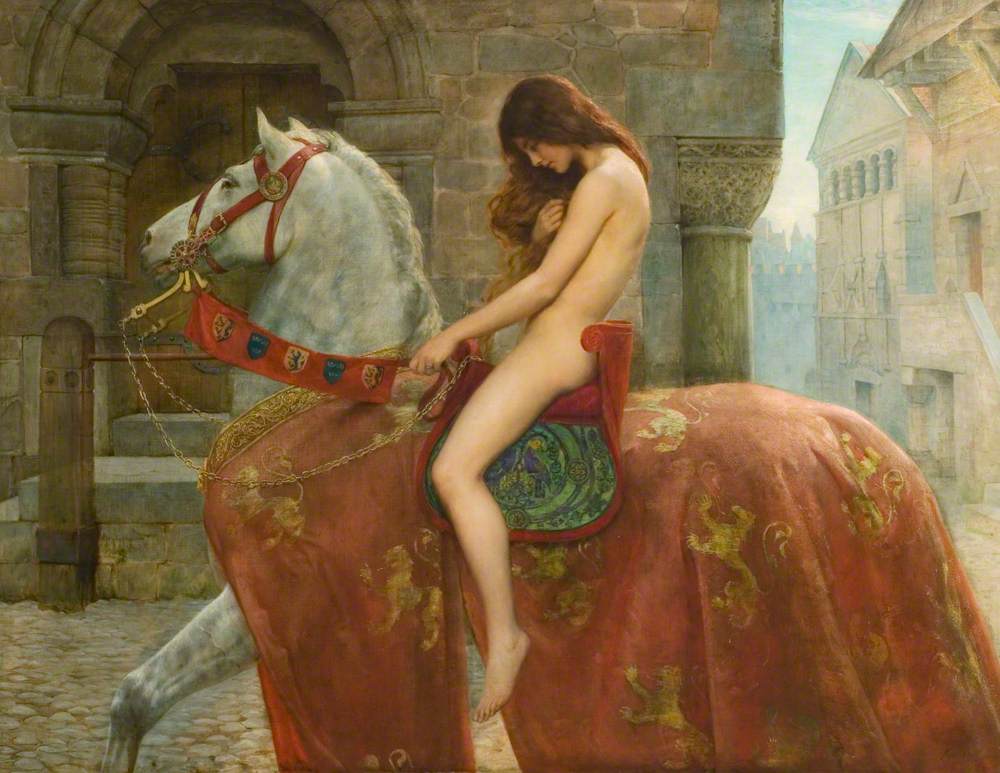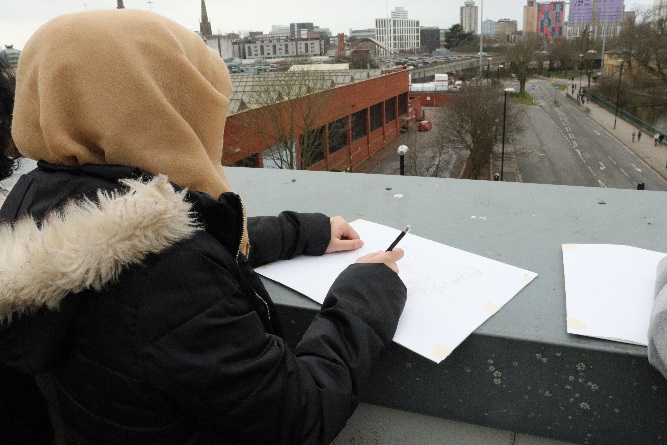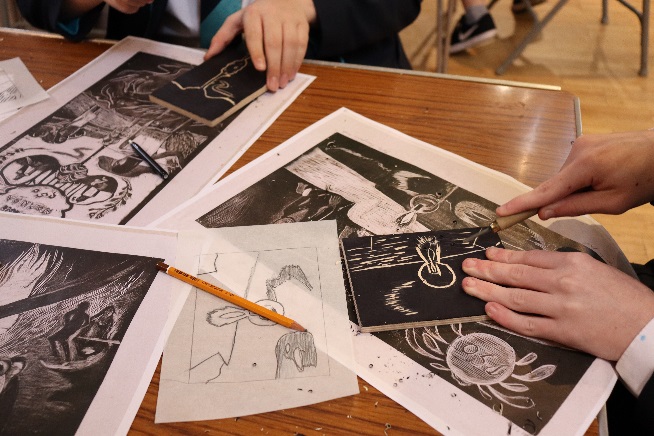The Courtauld Gallery is currently undergoing major refurbishment and is due to reopen in 2021. With this exciting future in mind, we decided to share some of the fascinating history of the gallery building and its home at Somerset House.
1. It sits above a medieval cesspit
Archaeological investigations undertaken as part of the current redevelopment of the galleries revealed that underneath our floors lies a 15ft chalk-lined cesspit. It is believed to have been part of the 15th century residence called Chester Inn. You can find out more and explore a 3D model here: https://courtauld.ac.uk/fascinating-archaeological-finds-discovered-beneath-the-courtauld
2. It has been a home to royalty
There has been a Somerset House on the site since 1547, this older version of the building was built by the Duke of Somerset and was even home to Elizabeth I when she was still a princess from 1553 to 1558. The current building was begun in 1775 and took 26 years to complete.
3. It has held exhibitions for 200 years
The first institution to move into the new Somerset House in 1779 was the Royal Academy of Arts, they were quickly followed by the Royal Society and the Royal Society of Antiquaries. Until they moved to new premises in 1837, the RA held their annual exhibition in the Great Room, including works by the most famous artists of the day and presided over by Joshua Reynolds.
4. Somerset House brought the Courtauld together
In 1989 the Courtauld Gallery and Courtauld Institute moved into the North Wing of Somerset House. Prior to this expansion had left them been spread across several building at Portman Square with some of the collection on display at the Warburg, things were so cramped a temporary hut was built in a garden for students. This was a huge move for the Courtauld, opening up the collection to a much wider public and bringing together the teaching, research, collection and gallery into one space.
5. Courtauld Connects will transform the gallery spaces
The current refurbishment project, Courtauld Connects, will bring a new chapter to the long history of this important site. Honouring the past, the great room that once housed the RA exhibitions will be reopened into one large display space, but looking to the future the project will also increase accessibility, create a new learning centre, and provide state of the art studios for conservation. Find out more on the project website: Courtauld Connects











